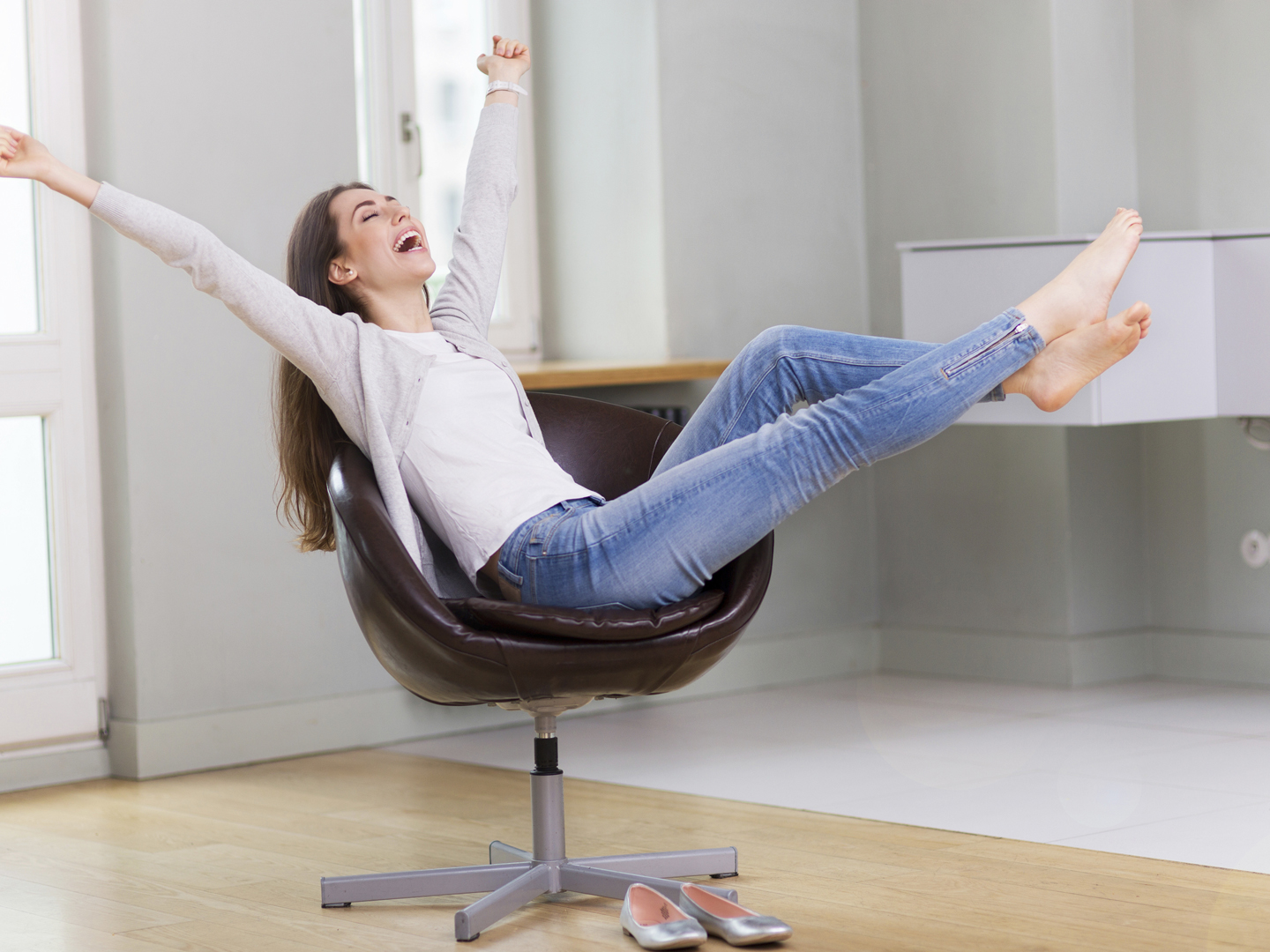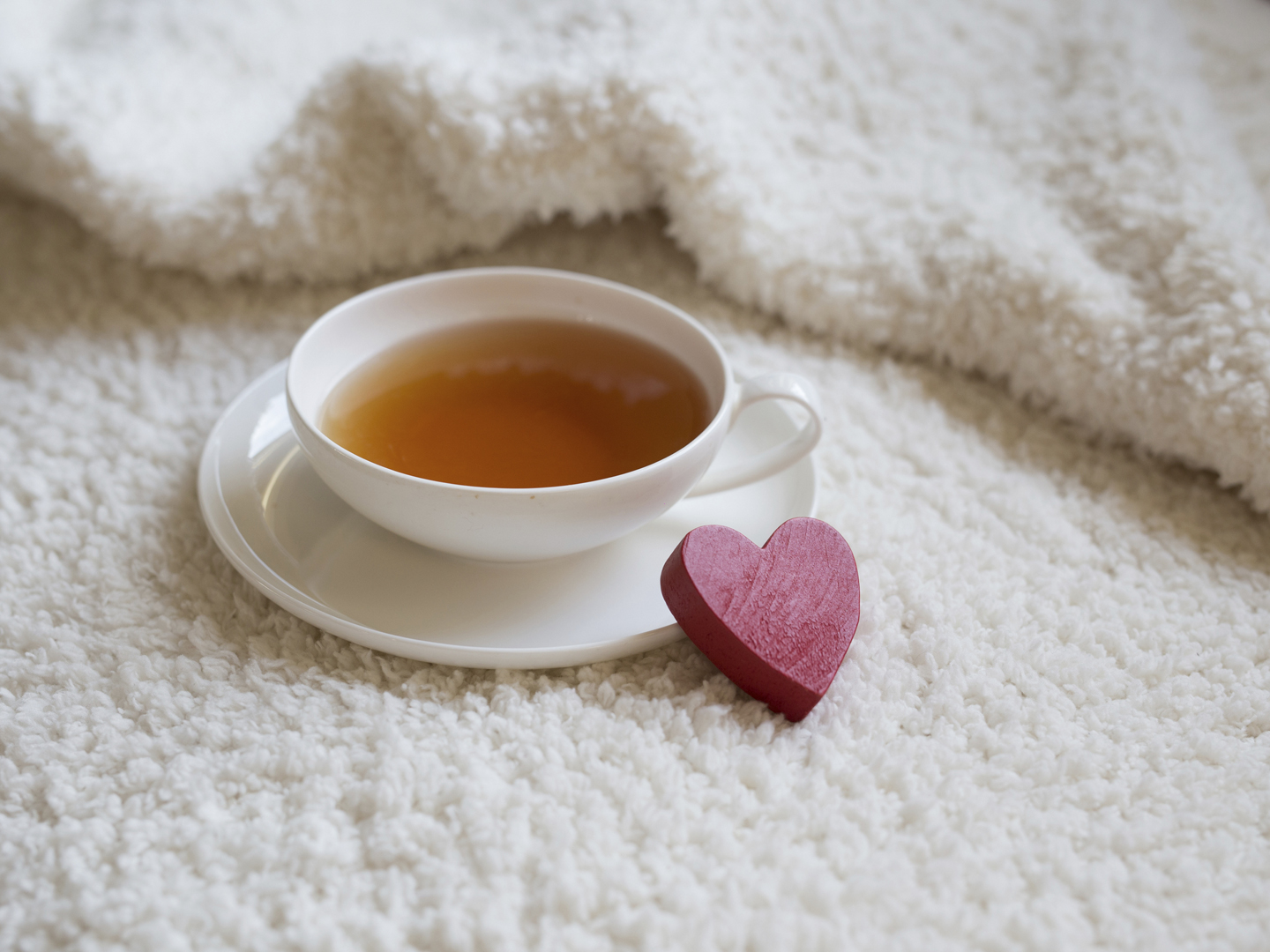Managing Stress

Expressing positive emotions, such as optimism, is associated with a variety of health benefits. Learn more about coping and reducing stress here. Try these things to help deal with stress:
Laughter – The Best Medicine?
Exercise to Reduce Stress
Expressing Yourself
Learning to Relax
Light Box Therapy
Lighten Your Load with Laughter
Passion Flower – and More – for Stress
Reduce Your Stress – Be Positive
Simple Steps to Reduce Your Stress: Imagery
Laughter – The Best Medicine?
Can laughing really keep you healthy? Research suggests that positive thinking and laughter can influence health. Positive emotions are associated with a decreased production of the stress hormone cortisol, along with improved immune function, and reduced disease risk. Simple laughter may also boost immunity, relieve pain, lower stress, and even help protect against heart disease.
Pessimists tend to blame themselves when bad things happen. They view good events as transitory and negative ones as lasting, often resulting in feelings of hopelessness. Alternately, optimists are much more likely to explain bad events as due to a temporary external cause and have a generally positive view of life and confidence in their ability to affect their future. Because optimists tend to actively engage in planning and problem solving, they may experience less stress than pessimists, and develop more resources to deal with stress. The result? Better overall health, and shorter recovery times after an illness or surgery.
If you tend to be pessimistic, try these proactive, health-beneficial steps:
- Take care of yourself by eating a healthy diet, exercising regularly, and getting adequate sleep.
- Express your emotions and reactions to events honestly so you can effectively deal with what’s bothering you.
- Confide in someone – your mate, a good friend, or a trusted relative.
- Make a resolution to view the cup as half full instead of half empty.
- Lighten up: Instead of bristling at life’s annoyances, try to view them as amusing.
- Look for humor in difficult circumstances. It can help brighten situations and keep negative emotions at bay.
Exercise to Reduce Stress
For many people, exercise is a main method of reducing stress and promoting relaxation. One of the benefits of regular aerobic exercise is its moderating effect on emotions, both long-term and short-term. If you feel angry or upset, a brisk walk or run or a half hour of lifting weights will often put you back in a good mood. While exercise is a great way to burn up excess energy and dissipate tension, it does not necessarily teach you how to process stress differently, and is best used as a complement to another technique, such as breathing, visualization or yoga, for instance. Yoga is an excellent promoter of relaxation as well as a good form of non-aerobic body conditioning. It perfectly complements aerobic exercise.
Expressing Yourself
People often have difficulty expressing their anger, and end up holding it in instead of letting it out in manageable ways. Unfortunately, suppressing your anger can ultimately contribute to health issues and increased stress. Instead of bottling up your anger, try to figure out what is causing it. When you are angry, distinguish between the mildly annoying and the infuriating. Look at what else you are feeling when you are most angry – lack of power, guilt, or confusion may be the root. Then, recognize where your anger is really coming from, discuss it openly with a close friend or therapist, and try to remedy that situation.
Learning to Relax
Often taught in conjunction with yoga and exercise classes, progressive relaxation is a simple and effective method of releasing tension in muscles. Though approaches vary, this is the most common technique:
- Lie on your back in a comfortable position.
- Take a series of deep slow breaths and focus your awareness on different parts of the body in turn, becoming aware of any muscular tension and releasing it. Start with the front of the body, tensing and relaxing the muscles of the upper face, then moving on to the jaw, neck, chest, front of the arms, abdomen, thighs, lower legs, feet and toes. Then, do the same down the back of the body.
- Finally, lie still with your eyes closed, concentrating on your breath and enjoying the feeling of peace and freedom from tension.
You can easily incorporate progressive relaxation into your daily routine. Experiment with it at work (try it sitting), on airplanes, or whenever you feel tense!
Light Box Therapy
Shorter daylight hours can affect sleep, productivity and state of mind. Light therapy (also known as phototherapy), may help. It uses light boxes emitting special ultraviolet (UV) or full-spectrum light to simulate sunlight. While it is still a relatively unknown treatment, it has been shown to have positive results on people with Seasonal Affective Disorder (SAD), women with severe premenstrual syndrome, bulimics, and as a non-drug treatment for pregnant women and others suffering from depression. If you have been suffering from SAD or any type of depression, contact your physician – depression is a treatable condition; light therapy may be an option he or she recommends for you. Learn more about light therapy.
Lighten Your Load with Laughter
Here are some healthy ways to inject a little laughter into your life. You will find them useful to help cope with unpleasant situations, including health problems:
- Rediscover the kid in you: Children laugh around 400 times a day – compared to only about 25 times for adults. Watch youngsters, see what makes them laugh, and try to bring some of that playfulness into your life.
- Lighten up: Instead of bristling at life’s annoyances – lost luggage, a late bus – try to view them as amusing and joke with others who are in the same fix.
- Look for humor in difficult situations: Just make sure that your jokes aren’t made at the expense of others, which could be hurtful instead of enjoyable. Positive humor is better for the mind, body and spirit than negative humor.
Passion Flower – and More – for Stress
If you are using medications to help reduce or manage your reactions to stress, consider natural methods of stress-reduction. Practices such as breath work, meditation or guided imagery are all helpful, as are spearmint and chamomile teas – both are mildly relaxing, and you can drink as much of them as you want. Another (stronger) remedy is passion flower, made from a plant (Passiflora incarnate) native to the southeastern United States. Passion flower products are available at herb and health food stores. The dose is one dropperful of the tincture in a little water or two capsules of a standardized extract up to four times a day as needed. Passion flower is non-sedating.
Reduce Your Stress – Be Positive
Did you know pessimism has been linked to a higher risk of dying before age 65? On the other hand, expressing positive emotions, such as optimism, is associated with a variety of health benefits: lowered production of the stress hormone cortisol, better immune function, and reduced risk of chronic diseases. If you are stressed-out or anxious, and tend to become negative when in this state of mind, try the following:
- Take care of yourself by eating a healthy diet, exercising regularly and getting adequate sleep.
- Express your emotional reactions honestly so you can effectively deal with what’s bothering you.
- Confide in someone – your mate, a good friend or a trusted relative.
- View the cup as half full instead of half empty.
Simple Steps to Reduce Your Stress: Imagery
Using imagery to relax is a terrific way to reduce stress and work through those day-to-day challenges. It’s simple, low-tech and effective: all you need is your imagination and a few minutes to yourself. Begin by closing your eyes and taking deep, measured breaths. Imagine that you are in beautiful surroundings – either someplace you have visited or someplace you conjure up from your imagination. Focus on bringing all the elements of the scene to life: the colors you see, the sounds you hear, the smells you detect. Bring the images into focus and try to “stay in” the scene for at least five minutes. Practice this exercise for a few minutes every day or use it whenever you’re stressed.









